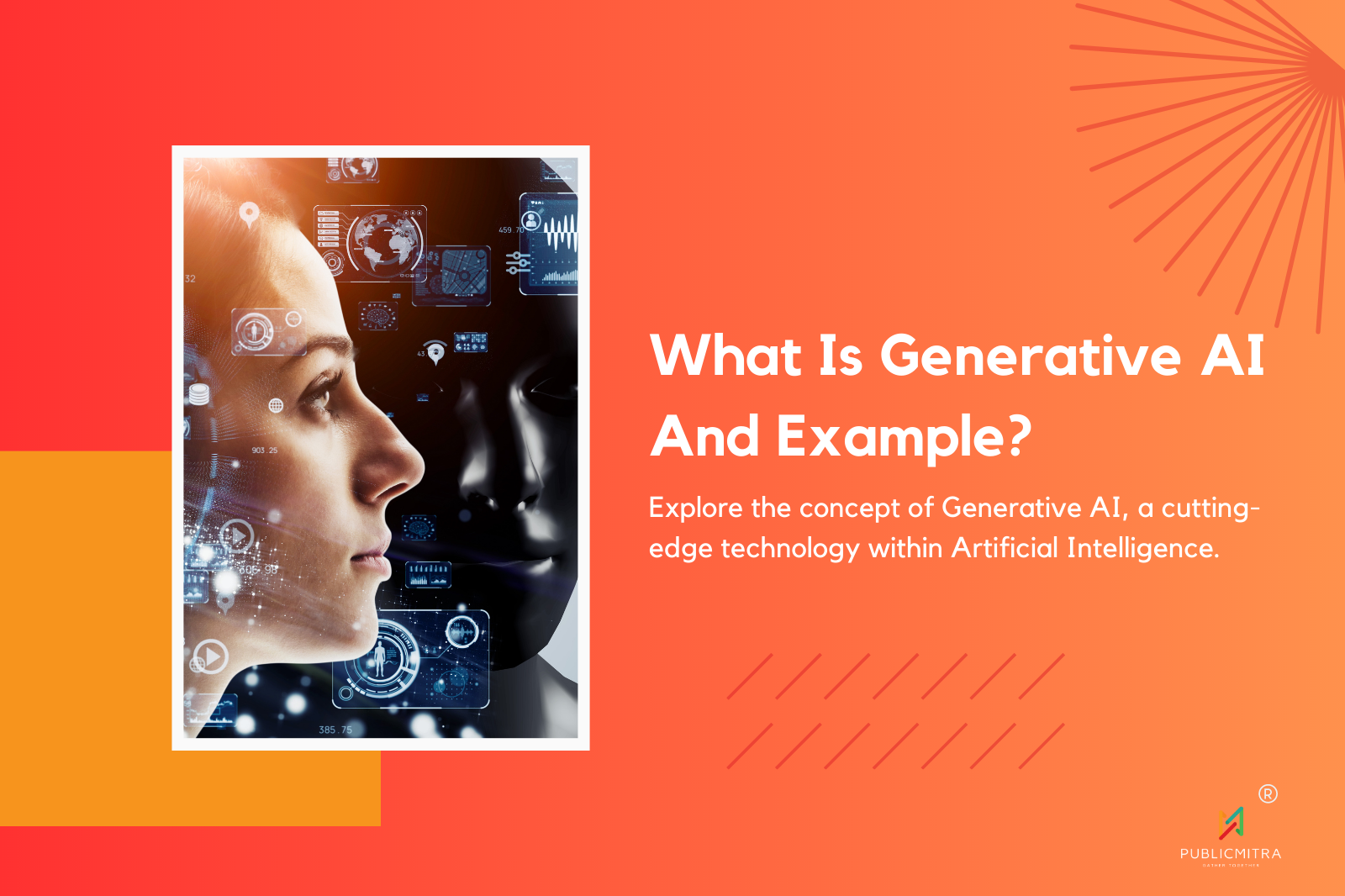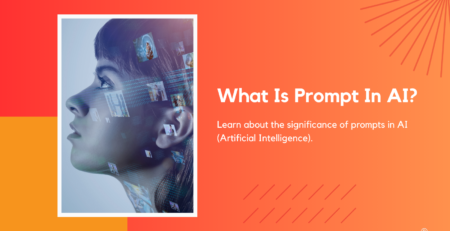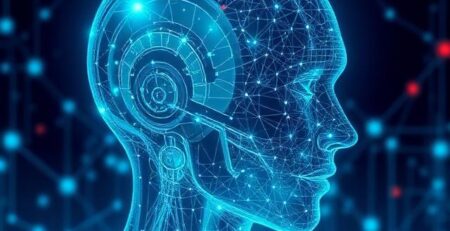What Is Generative AI And Example?
From Imagination to Innovation
Generative AI is indeed an innovation of something that was once beyond imagination in the field of artificial intelligence. This state-of-art technology can produce material in a variety of formats, including text, photos, videos, and audio.
It creates content based on patterns acquired from substantial training data, in contrast to classical AI, which recognizes patterns and makes predictions. In this article we explore the field of generative AI, examine its workings, and provide illustrative examples that highlight its potential.
Understanding Generative AI
In contrast to traditional AI generative AI learns from large datasets, to create unique content, and identify patterns. Generative AI then uses the probability distributions to produce outputs resembling those patterns.
Neural networks frequently support this technology and operate within the domain of machine learning, a field that allows software models to make predictions based on data without explicit programming
How does generative AI work?
Using powerful machine learning techniques, generative AI may produce new material based on patterns it has discovered from previously collected data. Various crucial steps make up the procedure:
Data collection:
Generative AI begins with a sizable dataset that contains samples of the kind of material it is intended to produce. For instance, the AI is trained on a dataset of different photos if it is designed to create images. This training dataset ought to reflect the variety of content that the AI will produce.
Model Architecture:
Neural networks, which are modeled after the organization of the human brain, are frequently used in generative AI. The Generative Adversarial Network (GAN) is a typical architecture. The discriminator and the generator are the two halves of a GAN. New material is produced by the generator, and the discriminator determines whether it comes from the training dataset or the generator.
Learning patterns:
The generator creates persuasive information, that the discriminator is unable to distinguish from the created content. It improves the capacity of material produced that corresponds with the patterns in the training data. As a result, the discriminator gets better at telling actual content apart from fake.
Feedback Loop:
A feedback loop is established between the generator and the discriminator. The generator modifies its content production process and improves its persuasiveness using the discriminator’s feedback. Until the output of the generator is almost indistinguishable from actual material, this adversarial process continues.
Sampling and generation:
The generator employs the patterns it has discovered to create a unique material in response to a specific input.
Fine-tuning:
This aids in addressing any flaws or biases that may have developed during training. To increase the model’s performance, fine-tuning entails changing its parameters and training it in certain cases.
Generating Outputs:
The generative AI may generate outputs in response to user inputs or prompts once it has been trained and tweaked. It produces material that is cohesive and pertinent to the input by utilizing the patterns it has learned.
Generative AI applications
Applications for generative AI can be found in a wide range of fields, from artistic endeavors to academic research. It catalyzes a new era of possibilities that reimagine how people and computers interact. A few significant uses are:
DALL-E
DALL-E, created by OpenAI, is a prime example of generative AI’s inventiveness. Based on verbal instructions, this text-to-image model generates photorealistic graphics. By bridging the gap between English and images, DALL-E allows users to describe an image they have in their head and then bring it to life. Additionally, it can alter photos by extending or contracting their boundaries.
ChatGPT
Another creation of OpenAI, ChatGPT is a text-based AI that converses with people in natural language. As a chatbot, it answers user inquiries, creates various types of text, and even writes poetry and essays, among other things. The wonders of generative AI are accessible to more people because of its user-friendly interface.
Bard
The big language model LaMDA is used by Google’s Bard to give interactive knowledge. This chatbot replies to user requests by providing responses and producing text in response to questions. Bard had great potential, but a disinformation incident caused a setback, emphasizing the difficulties and obligations involved in deploying AI.
Transforming Industries with Innovation
Finance:
By examining transaction histories and individual behavior patterns, fraud detection has been improved.
Legal:
Contract design, interpretation, and analysis have been improved for greater efficiency and fewer mistakes.
Manufacturing:
Improving quality control by accurately identifying defects using data merged from many sources.
Film and media:
Economical and effective content creation and translation processes.
Healthcare:
Accelerated drug discovery in the medical field through effective molecular data analysis.
Architecture:
Quick design iterations and prototyping allow for the exploration of many different alternatives.
Gaming:
Dynamic content production that improves player inventiveness and experiences.
Finally
Generative AI demonstrates the wonders that artificial intelligence is capable of, from converting textual descriptions into graphics to conversing in natural language. As technology develops further, its influence on various businesses and aspects of daily life is expected to increase, ushering in an era of previously unimaginable possibilities.
For the benefit of society as a whole, it is vital to manage ethical issues and ensure responsible AI deployment as we embrace new potential.












